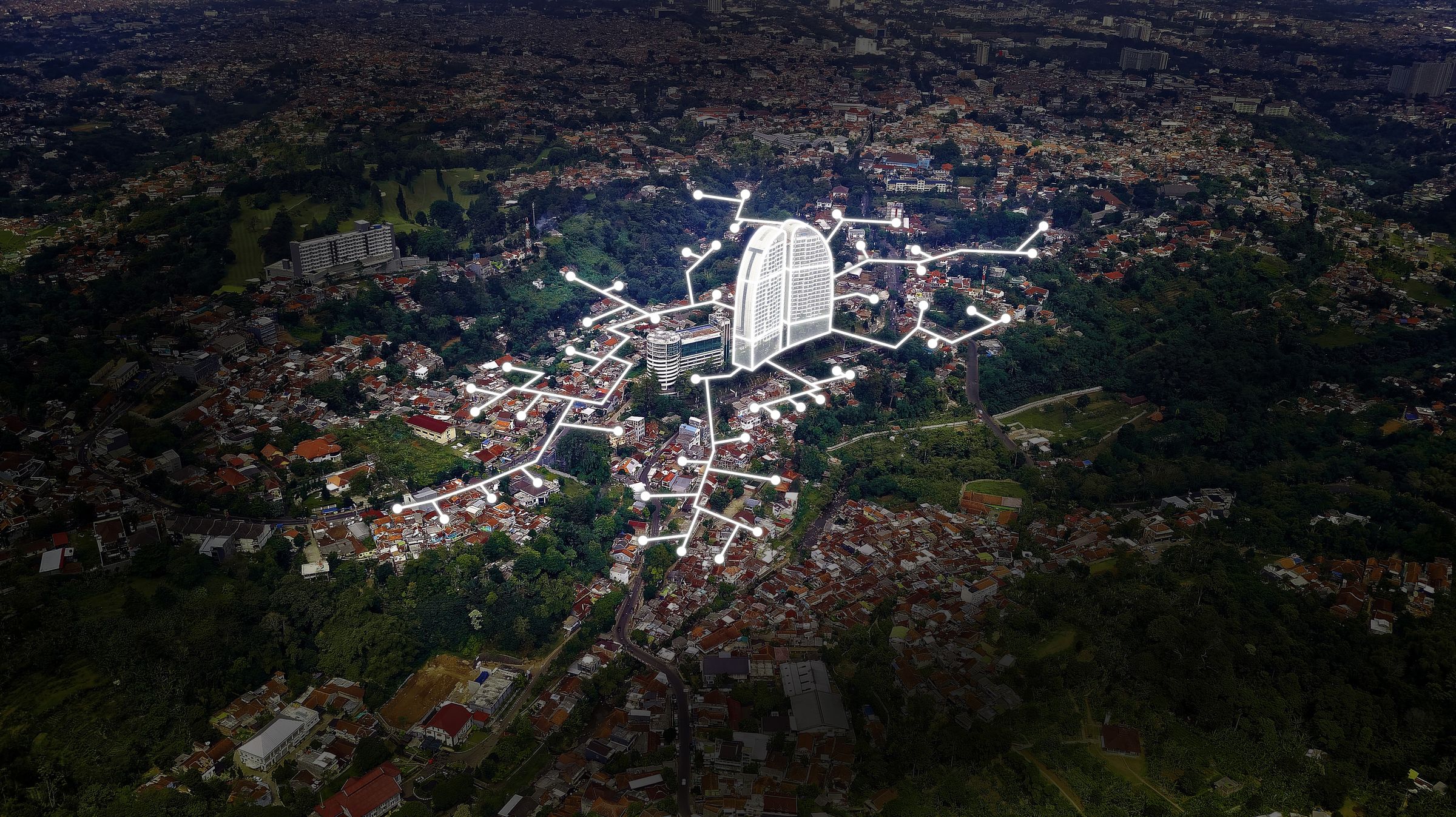Utrecht, The Netherlands - To transition 21st century cities towards sustainability, high-performance buildings must uplift the surrounding city rather than solely sustain their own existence. Except Integrated Sustainability launches a new, innovative blueprint for sustainable development in the built environment in their latest white paper titled Catalytic Buildings.
All major cities around the world face significant challenges in the 21st century due to rapid urbanization, population growth, resource shortages, and the effects of climate change. To help combat this, sustainable design practices aim for the implementation of energy-neutrality, circular building, and LEED or BREEAM practices. While this helps newly constructed buildings, the majority of our cities and their negative impacts come from existing real estate. A significant part of these constructions are too slow or are unable to transform in time set by international climate treaties, or even the sustainability goals of local municipalities.
To confront this challenge, Except develops a new sustainable building concept that does not just improve its own performance, but helps to improve the sustainability performance of entire neighborhoods. This approach, called ‘Catalytic Buildings’ goes beyond the scope of existing certifications and allows buildings to give significantly more than they take in terms of energy, water, waste, food, and/or socio-economic services.
“The industry is currently only focused on reducing the impact of each new building itself. It is possible to surpass this, and construct buildings that drive positive impact to areas beyond their own boundaries. The catalytic approach looks beyond energy and materials, incorporating systemic aspects such as biodiversity, culture, social connectivity, education, and neighborhood job-creation. A Catalytic Building means you don’t need to rebuild the entire city to make substantial sustainability gains,” says Tom Bosschaert, Founder and Director of Except.
“We obsess with the internal performance of buildings, when it is only a part of the complex challenges our cities face. What is the added value of a sustainable building, if it does not provide the conditions for its own and the neighborhood’s inhabitants to thrive?” asks Bosschaert. “Our focus should not just be on the sustainability of individual buildings, but on converting the whole city to a sustainable state.”
“Catalytic Buildings do just that. We have spent the past 20 years developing this approach and we are now seeking partners to develop the first large scale Catalytic Building. This white paper is an embodiment of decades of work by researchers, urban planners, architects, and engineers who professionally apply systems thinking in the built environment,” says Bosschaert. The approach has been proven on various concepts including mixed-use, multi-tenant office buildings, residential buildings, and hotels across Europe and North America.
Catalytic Buildings create an entirely new benchmark for what constitutes high-performance in sustainable construction. The impact of this development challenges traditional building-oriented sustainability notions at a critical time in urban development. “With this white paper, we call on forward-thinking real estate developers, policy makers, and built environment professionals to join us at the forefront of innovation in sustainable construction,” Bosschaert concludes.
You can find the Catalytic Buildings white paper here.
May 23, 2019

